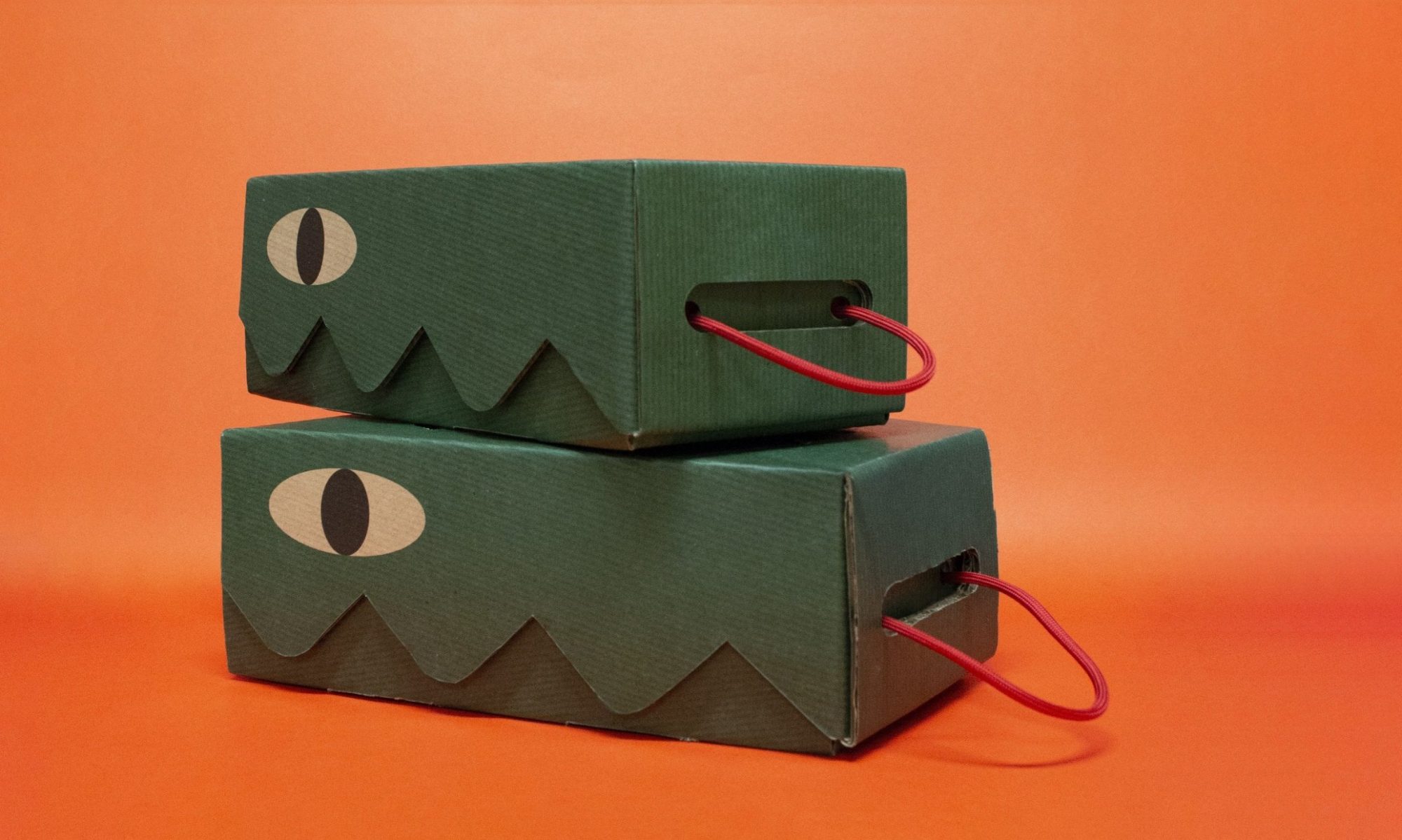EXPERIMENTAL INTERACTION // DN1010 // REVIEW: YOKO ONO – CUT PIECE (1964)
How does it alter the way an artist or designer create the work when there is an interactive component?
In an interactive piece like Yoko Ono’s “Cut Piece”, the artist has to create the work while taking into account how much control the viewer has in interacting. As viewer interaction requires a sense of choice and power in the audience member, the artist now has to consider the general outcome they desire from the work and then how much “choice” or “power” is given up to the viewer.
The artist or designer now has to predict the reactions to their work, and how the audience will interact in the general sense. In Ono’s “Cut Piece”, the set up is simple and easy to interpret where
the artist sat alone on a stage, dressed in her best suit, with a pair of scissors in front of her.

It may seem to some that the next logical step would be to pick up the scissors and begin cutting, however, this may not be clear and thus, Ono, or other artists creating interactive pieces, would choose to include instructions for the viewer. This is done so as to guide the viewer, and at the same time, alleviate some of the artists’ power to the audience.
The audience had been instructed that they could take turns approaching her and use the scissors to cut off a small piece of her clothing, which was theirs to keep.
This decision of the artist to provide instructions is an important consideration as it explicitly welcomes interaction. Human society is based on a certain set on universal rules, thus, if a piece of work tends to lean outside of the lines and is more controversial, audiences may need to be prompted before they are willing to participate.
Ono remained motionless and expressionless throughout.
In Ono’s piece, she gives up complete control by sitting still and allowing the audience to make all the decisions in the work. Thus, without the audience’s participation, there would be no such ‘work’. The way the instructions are delivered are vague and up to the viewer’s interpretation, especially with the word “clothing”. Each interaction then reveals a certain aspect of each individual and in the greater sense, of society as a whole.


The general idea of an interactive piece is to allow a survey of how society reacts to a certain instruction or idea and then that they may be welcomed to act on this reaction. Thus, an artist or designer now has to consider aspects of the control and direction of the viewer when creating interactive pieces.



